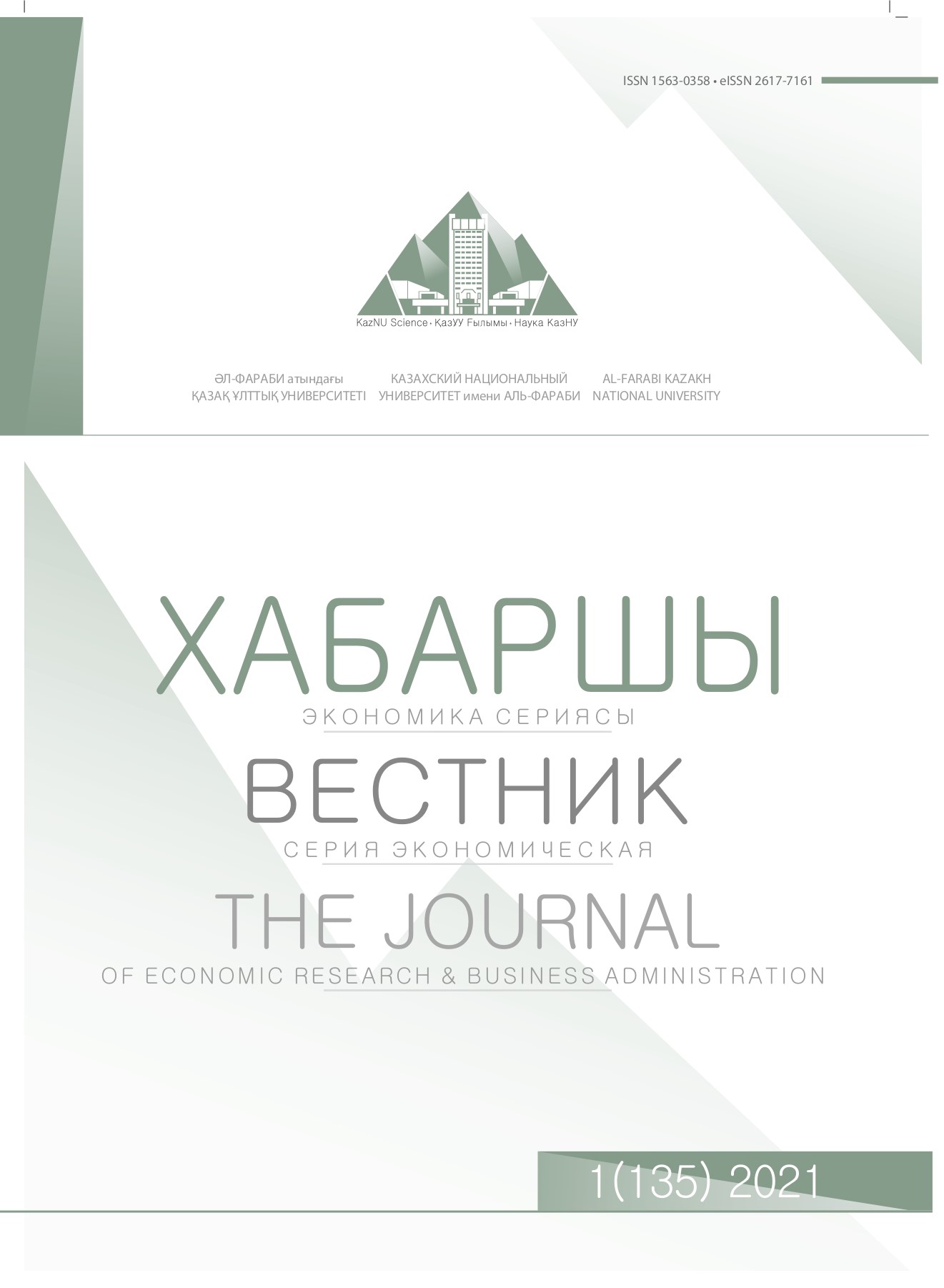Cost-effectiveness analysis of new remuneration project towards accountable civil service
DOI:
https://doi.org/10.26577/be.2021.v135.i1.01Abstract
The article considers main aspects of transparency and accountability of government initiatives on
the example of the project of a new remuneration system for civil servants. Therefore, the author analyzes
the project’s cost effectiveness in the context of a three-year period and two pilot bodies in order
to develop recommendations for improving transformation processes. A special formula was developed
and calculations were made taking into account the method of cost-effectiveness analysis based on the
factors of the conceptual model of the author’s dissertation research. Thus, in addition to the effects
indicated in the media by the authorized body (the project developer) on the factor “Human capital”,
the study also covers a wider range of aspects, namely, factors such as “Leadership”, “Strategy”, “Organization”,
“Resources” through the prism of “Citizen Centricity”. It was found that there were no significant
positive changes in performance during the analyzed period. And in some areas of work (such as
“Organization”, “Citizen Centricity”), there is a deterioration in results. Thus, the author summarizes the
activities of local executive bodies as ineffective in relation to a two-fold increase in the wage fund. Taking
this into account and the identified “bottlenecks”, a number of recommendations for improving the
activities, including legislative initiatives, are proposed. In general, the results of the study have direct
practical significance, since they build a platform for scaling the analysis to the remaining pilot bodies in
order to make timely changes during the piloting of the new remuneration system.




